20+ Years Experience
Specialist Shopfront Company

If you’re a business owner looking to enhance the appearance and functionality of your storefront, then timber shopfronts may be just what you need.
At Shop Front Company, we explore the benefits of using timber shopfronts, the types of timber used, the installation process, maintenance requirements, and the factors to consider when choosing timber shopfronts.
Whether you’re looking for a durable and aesthetically pleasing option or considering the environmental impact, timber shopfronts may be the perfect choice for your business.
Timber shopfronts are wooden structures used as the frontage of a shop or commercial building. They are typically made from timber or wood materials and are designed to create an attractive and inviting entrance for customers.
Timber shopfronts, also known as wooden shopfronts, are custom-designed, high-quality shop fronts made from timber materials that offer a natural aesthetic appeal and durability.
These shopfronts are meticulously crafted to suit the unique requirements of each establishment, reflecting the essence of traditional craftsmanship combined with modern design techniques.
The bespoke nature of timber shopfronts allows for custom detailing, intricate patterns, and tailored finishes, ensuring that each installation brings a distinct charm to the overall appearance of the store.
The high-quality of the timber and the skilled workmanship involved in their construction result in shopfronts that are not only visually appealing but also robust and long-lasting.
The warm, organic tones of the timber materials used contribute to creating an inviting and welcoming storefront that catches the eye of passersby.
The use of timber shopfronts offers a multitude of benefits. These include their natural warmth, aesthetic appeal, and high quality, making them suitable for various commercial contexts.
This is especially true in conservation areas where local authority regulations prioritize traditional methods and unique craftsmanship.
One of the primary advantages of timber shopfronts is their ability to enhance the visual appeal of a building, adding natural beauty and a traditional look that resonates with the surrounding environment.
Timber shopfronts harness the innate warmth and charm of natural wood, imbuing a sense of timeless elegance into the facade of any establishment. The richness of the wood grain, along with its versatility in staining or painting, allows for a myriad of aesthetic options, ensuring that each shopfront is unique.
The traditional appearance of timber shopfronts evokes a sense of authenticity and heritage, offering a stark contrast to modern, industrial materials. As a result, they often become focal points, drawing the eye and capturing the imagination of passersby.
Timber shopfronts are renowned for their durability and weather resistance, meeting high standards for fire rating and long-lasting performance in various environmental conditions.
They are crafted with high-quality timber materials that possess natural defences against weather elements, making them ideal for withstanding harsh climates. The longevity of timber shopfronts is attributed to their resistance to warping, rotting, and decay, ensuring a prolonged lifespan with minimal maintenance required.
Their fire ratings are exceptional, providing a secure and reliable structure. Timber shopfronts are designed to offer not only aesthetic appeal but also robust protection, making them a popular choice for commercial and residential buildings alike.
Timber shopfronts offer versatile design options, as they can be custom-made and custom designed to suit specific aesthetic differences, offering a wide range of colours and grains to complement different architectural styles.
Timber shopfronts can be customised to reflect the unique character of each business establishment. The custom-made nature allows for intricate detailing and diverse finishes, ensuring that the design aligns seamlessly with the brand identity and overall ambience.
The rich grains and textures of timber bring a warmth and sophistication, enhancing the curb appeal of the premises and creating a welcoming atmosphere for customers.
Along with their aesthetic appeal, timber shopfronts can also incorporate energy-efficient double glazing, contributing to their environmental friendliness and cost-efficient energy usage.
Double glazing, consisting of two glass panes with a gap between them, acts as a highly effective insulator, reducing heat transfer and air leakage. This feature significantly enhances the energy efficiency of the shopfront, keeping the interior space cooler in summer and warmer in winter, thereby minimising the need for heating and cooling systems.
As a result, energy costs are reduced, contributing to sustainability. The use of timber as a renewable resource aligns with environmental standards, making these shopfronts a choice that benefits both the planet and the business owner.”
Various types of timber are used for shopfronts, with an emphasis on high-quality British craftsmanship to ensure a superior appearance and durability.
One of the most popular timber choices for shopfronts is oak. Renowned for its strength and durability, oak exudes timeless elegance and provides exceptional resistance to weathering and decay, making it an ideal choice for creating a lasting impression.
Another widely used timber is mahogany, prized for its rich colour and smooth texture, offering a luxurious and classic aesthetic to shopfronts.
The intricate workmanship involved in crafting shopfronts from these high-quality timbers showcases the expertise and skill of British craftsmen, earning a reputation for producing shopfronts of unparalleled beauty and resilience.
Hardwood is a popular choice for timber shopfronts due to its durability and natural beauty. Its high-grade solid timber characteristics make it an attractive and reliable option for shopfronts.
With its remarkable durability, hardwood is resistant to wear and tear, ensuring a long-lasting and reliable choice for shopfronts.
The natural beauty of hardwood adds a touch of elegance, creating an inviting and warm aesthetic that appeals to customers.
The high-grade solid timber attributes of hardwood provide strength and stability, making it an ideal material for high-traffic areas such as shopfronts.
Softwood is another timber type commonly used for shopfronts, prized for its weatherproof qualities and suitability for paint and varnish finishes.
Softwood, derived from evergreen trees, possesses excellent natural resistance to rot and decay, making it an ideal choice for exterior applications such as shopfronts. Its inherent weatherproof attributes provide durability against changing climatic conditions, ensuring longevity for the structure.
Softwood’s grain structure allows for easy absorption of paint and varnish finishes, resulting in a smooth and uniform coating that enhances both the aesthetics and protective properties of the timber. The combination of its weatherproof characteristics and paint compatibility makes softwood a popular option for creating visually appealing and long-lasting shopfronts.
Engineered wood presents a cost-effective alternative for shopfronts, offering flexibility in size and a wide range of colours to accommodate diverse design preferences.
With engineered wood, the versatility in customising shopfronts is tremendous. The availability of various sizes allows a seamless adaptation to different architectural designs and spatial requirements.
The colour variations of engineered wood enable designers to choose from an array of tones, finishes, and textures, catering to specific branding or aesthetic concepts for any timber shopfront. The cost-effective nature of engineered wood also makes it an attractive option for businesses looking to achieve a stylish yet economical storefront design.
The installation of timber shopfronts involves meticulous adherence to traditional methods and a keen attention to detail to ensure a seamless and precise fit for the bespoke designs.
Craftsmen meticulously measure, cut, and join the timber components to create custom shopfronts that are in perfect harmony with the architectural aesthetic. Traditional techniques, such as mortise and tenon joints, are employed to guarantee the structural integrity and durability of the installations.
The process requires meticulous planning and execution, ensuring that every element aligns flawlessly to achieve a stunning end result. Each step is executed with precision and care, showcasing the dedication to timeless craftsmanship.
The initial phases of timber shopfront installation involve precise measuring and cutting to accommodate the bespoke size and design requirements of the shopfronts.
Before the installation process begins, it’s crucial to meticulously measure the shopfront area with precision down to the millimetre. Any deviations from the accurate measurements could result in a misaligned or ill-fitting shopfront, compromising both its aesthetics and functionality.
Once the measurements are complete, the timbers are cut with utmost precision, following bespoke specifications to ensure a perfect fit during installation. These preparatory steps lay the foundation for a seamless installation that meets the individual shopfront’s unique needs.
The assembly and joinery stages of timber shopfront installation showcase the meticulous craftsmanship and traditional look of the joinery techniques employed to ensure a seamless and durable outcome.
During the assembly phase, skilled craftsmen meticulously fit together each component, ensuring that the timber shopfront is structurally sound and visually appealing. Traditional joinery techniques, such as mortice and tenon joints, are utilised to create robust connections that enhance the overall durability and aesthetic appeal of the installation.
The joinery process involves the careful shaping and carving of timber elements to achieve precise fits and seamless joints. This attention to detail highlights the craftsmanship and dedication of the artisans responsible for creating a timeless and traditional appearance.
The final stages of timber shopfront installation involve meticulous finishing and sealing processes to enhance the natural grains and appearance of the timber, ensuring a visually appealing and durable outcome.
Proper finishing and sealing not only protect the timber from environmental elements such as moisture, heat, and sunlight but also highlight the unique patterns and textures of the wood, amplifying its rich character.
The use of stain or varnish allows for the customisation of the timber’s colour and sheen, providing a tailored aesthetic to complement the overall design. Through expert application, the finishing process can bring out the warmth and depth of the wood, lending an inviting charm to the shopfront.
The interaction of light with the well-sealed timber creates a captivating visual appeal, drawing attention to the natural beauty of the grains and knots.
Maintaining timber shopfronts entails regular cleaning, periodic inspection and refinishing as needed to preserve their natural aesthetic and durability over time.
Regular cleaning is essential to prevent the build-up of dirt, grime and pollutants, which can cause timber to deteriorate. It’s also important to inspect the shopfronts periodically for any signs of damage, such as rot, cracks or warping, and address these issues promptly to prevent further deterioration.
Refinishing the timber periodically helps to protect it from weathering and UV exposure, ensuring that the shopfronts maintain their attractive appearance and structural integrity.
Regular cleaning of timber shopfronts is essential to preserve their natural beauty and environmental friendliness, ensuring their longevity and aesthetic appeal.
Regularly cleaning timber shopfronts has numerous benefits. It not only maintains their visual allure, but also contributes to their durability against natural elements. This is because cleaning prevents the build-up of dirt, mould, and mildew, which can lead to decay and structural damage over time.
By keeping shopfronts clean, you are also showing a commitment to environmental preservation. This is because it decreases the need for harsh chemicals or excessive resources often required for extensive repairs.
Periodic inspection and prompt shop front repairs are crucial for maintaining the durability and weather resistance of timber shopfronts, ensuring their long-term performance in various conditions.
Regular inspection helps identify any signs of wear, damage, or decay, allowing for timely repairs to be undertaken to prevent further deterioration.
Ensuring the timber shopfronts are free from rot, moisture, and insect infestation is vital to their longevity and visual appeal. Inspections can address issues related to structural integrity, hardware functionality, and aesthetic finishes, ensuring that the shopfronts continue to serve their purpose effectively in any climate.
Timely refurbishment and re-sealing of timber shopfronts help maintain their appearance and natural grain, contributing to their long-term visual appeal and durability.
This maintenance process involves carefully sanding down the existing finish to reveal the original wood, allowing the grain to shine through prominently.
Following this, the application of a high-quality sealant not only protects the timber from moisture and UV damage, but also enhances the colour and beauty of the wood, bringing out its inherent richness. These measures are crucial in safeguarding the shopfront’s aesthetic allure while ensuring its resilience against environmental elements and wear over time.
Several crucial factors should be considered when choosing timber shopfronts. These include the location and climate, security needs, and the desired design and aesthetics to ensure an ideal and functional fit for specific requirements.
Location plays a vital role in the selection of timber shopfronts. Different areas have varying weather conditions that can affect the durability and maintenance of the shopfront. For instance, coastal locations may require timber species that are more resistant to moisture and salt exposure. Similarly, urban areas might prioritize security features due to higher foot traffic and potential security risks.
Climate consideration is also crucial. It ensures that the selected timber can withstand temperature fluctuations and humidity levels without warping or deteriorating.
In contrast, design preferences and aesthetics are significant factors to consider. They impact the overall look and feel of the shopfront, influencing customer perception and brand image.
The location and climate play a significant role in determining the suitability of timber shopfronts, considering weather resistance and environmental factors to ensure long-term performance and durability.
When selecting timber shopfronts for coastal areas with high humidity and exposure to salt air, it’s important to consider their ability to withstand these corrosive elements. In colder climates, the chosen timber should also be resistant to freezing temperatures and potential expansion and contraction. In hot and dry environments, timber shopfronts should be chosen for their ability to resist warping and cracking caused by extreme heat and low moisture levels.
Addressing security needs is crucial when choosing timber shopfronts, emphasising their durable choice, fire-resistant qualities, and adherence to high standards for secure commercial contexts.
Timber shopfronts play a vital role in enhancing the security of commercial properties. They offer a sturdy barrier against unauthorised access and intruders, providing a deterrent to potential break-ins. Their robust nature contributes to the overall safety of the premises.
Timber shopfronts are also designed with fire-resistant materials, which is paramount in safeguarding the property and its occupants from the devastating effects of fire. This makes them a great choice for secure commercial applications, as they meet the high standards required for maintaining a secure environment. This provides peace of mind for business owners and their clientele.
The desired design and aesthetics are pivotal factors in the choice of timber shopfronts. These shopfronts offer custom-designed options, traditional methods, and a natural aesthetic with a wide range of colours to suit various architectural styles.
Regarding selecting timber shopfronts, the design and aesthetics play a crucial role in enhancing the overall look and feel of a building. Custom-designed options provide the flexibility to tailor the shopfront to specific requirements, ensuring a perfect fit for the architectural design.
Employing traditional methods in crafting timber shopfronts not only adds a touch of authenticity but also showcases the timeless craftsmanship that is often synonymous with such establishments.
The natural aesthetic of timber enhances the appeal of the shopfront, offering a warm and inviting feel to visitors. The diverse range of colours available opens up a spectrum of possibilities, making it easier to harmonise with different architectural styles and design preferences.
There are a range of other services that we can provide. Have a look at the list below for more information:

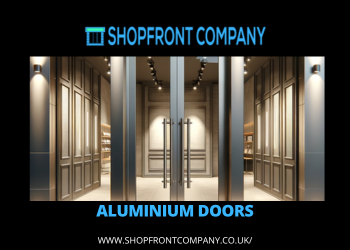
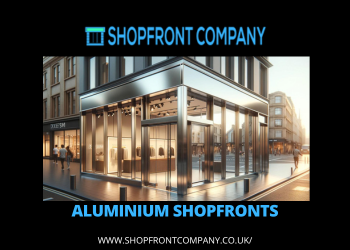





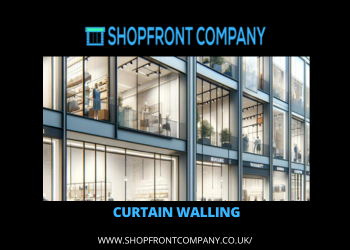



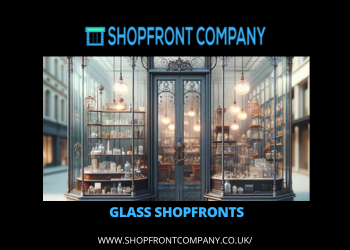
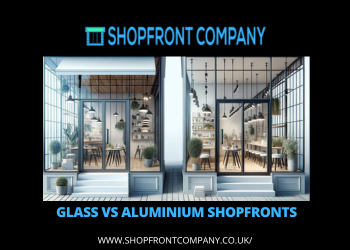


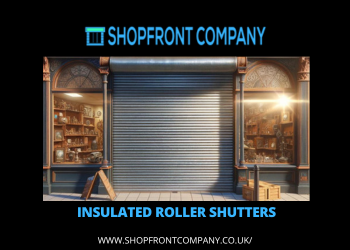
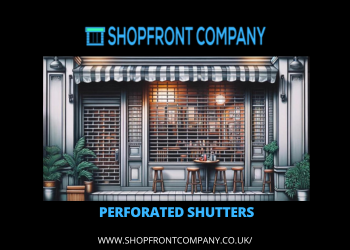
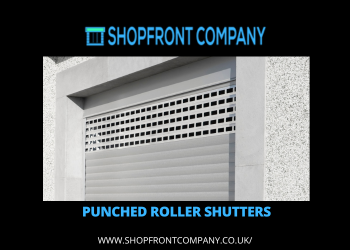
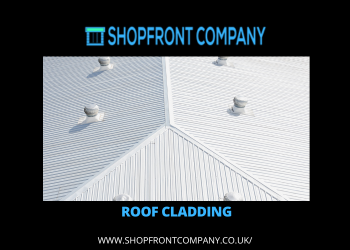
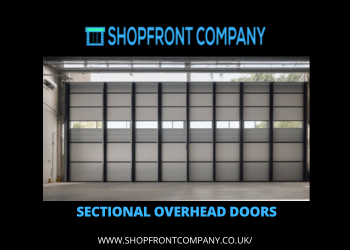




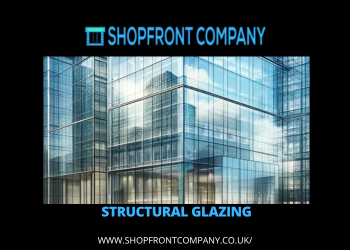

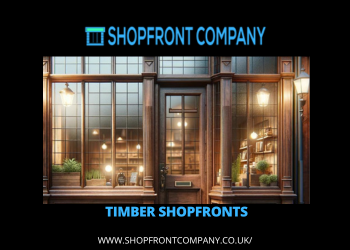
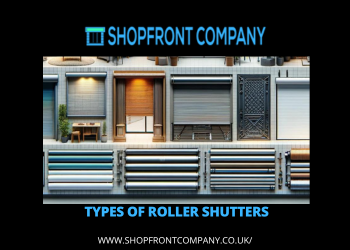
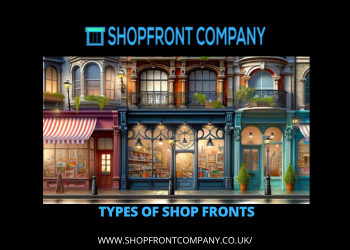


We Aim To Reply To All Enquiries With-in 24-Hours